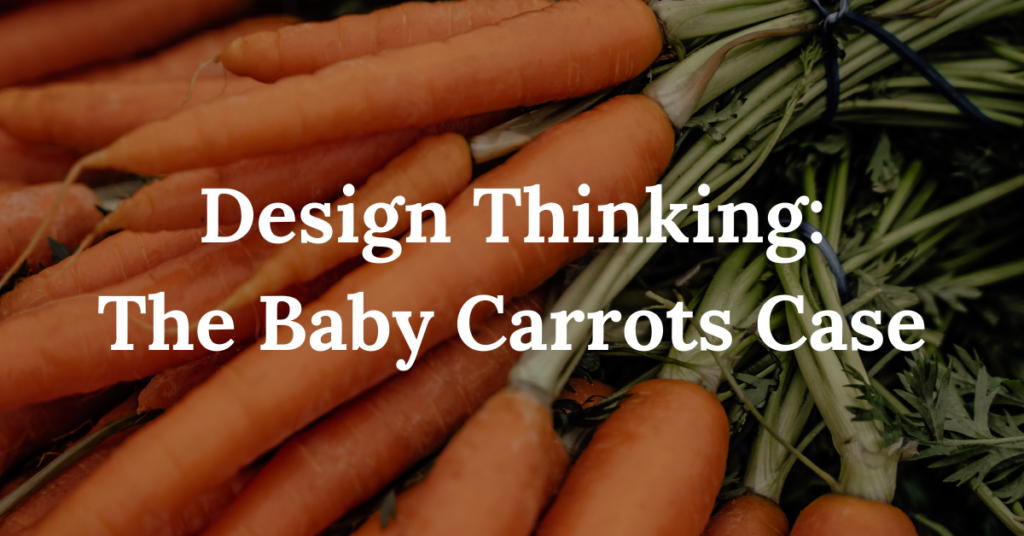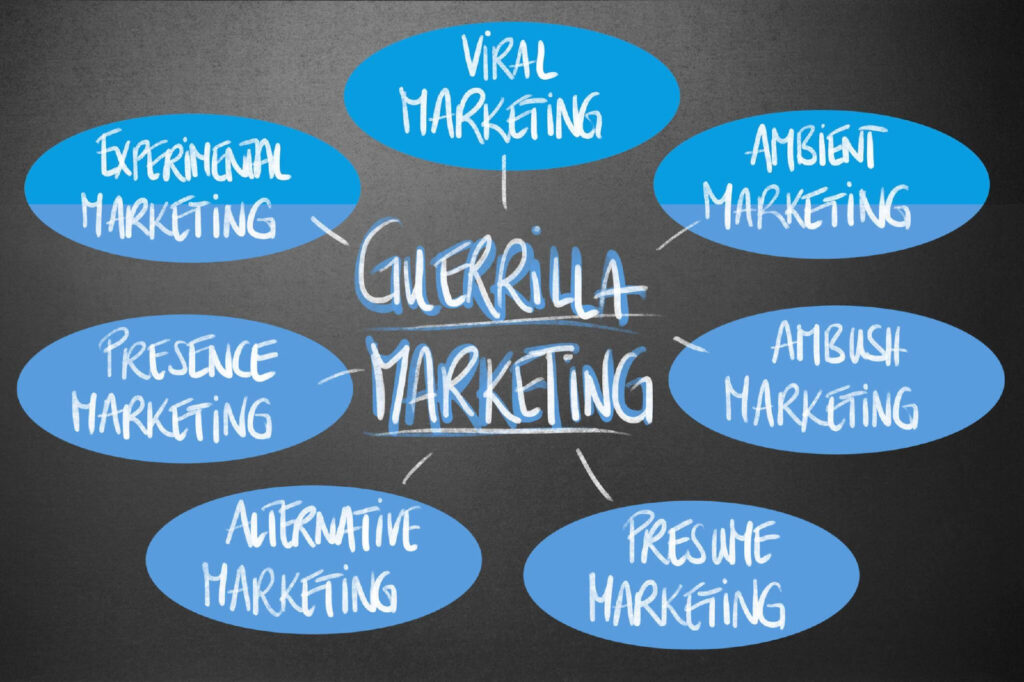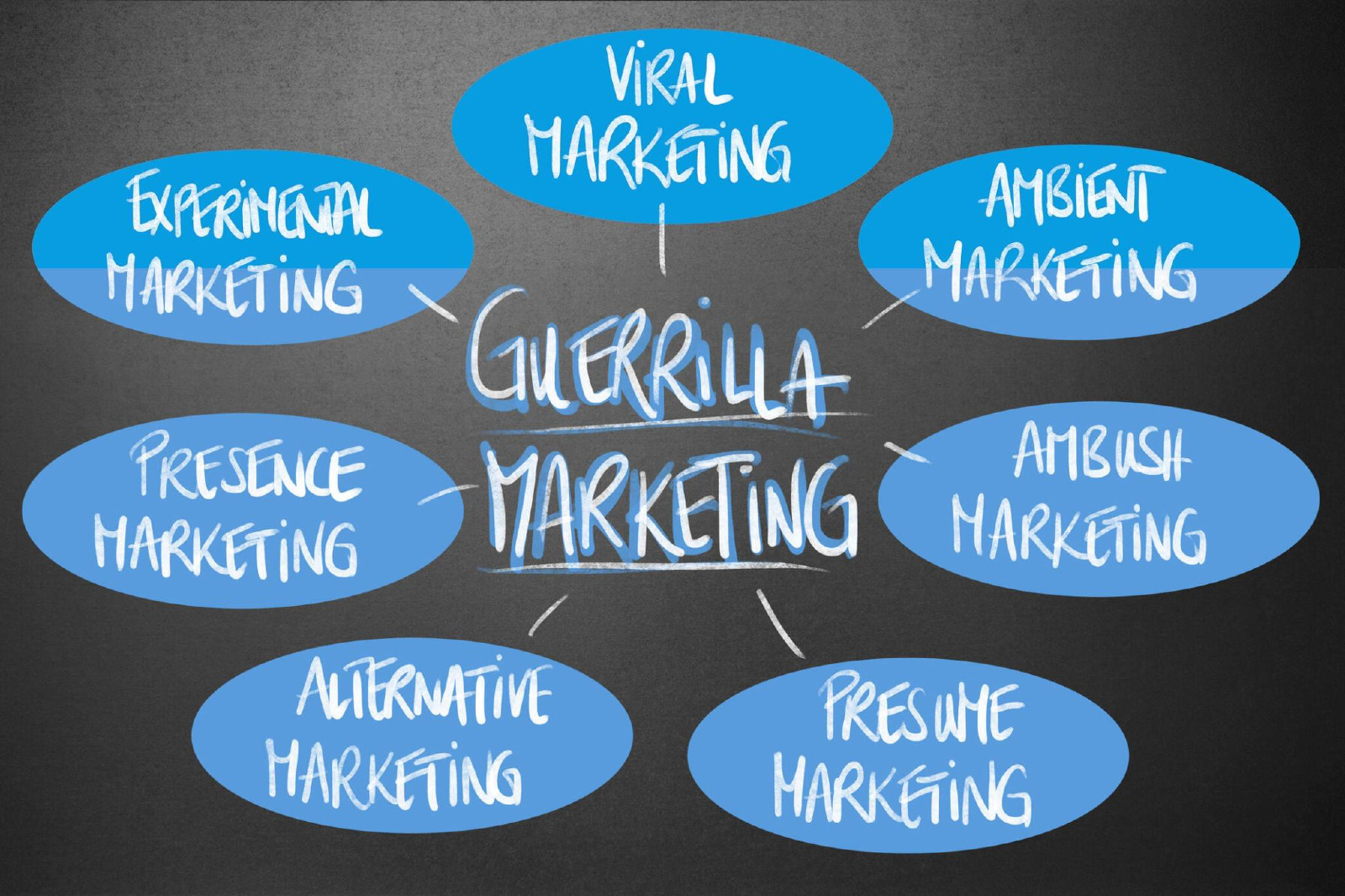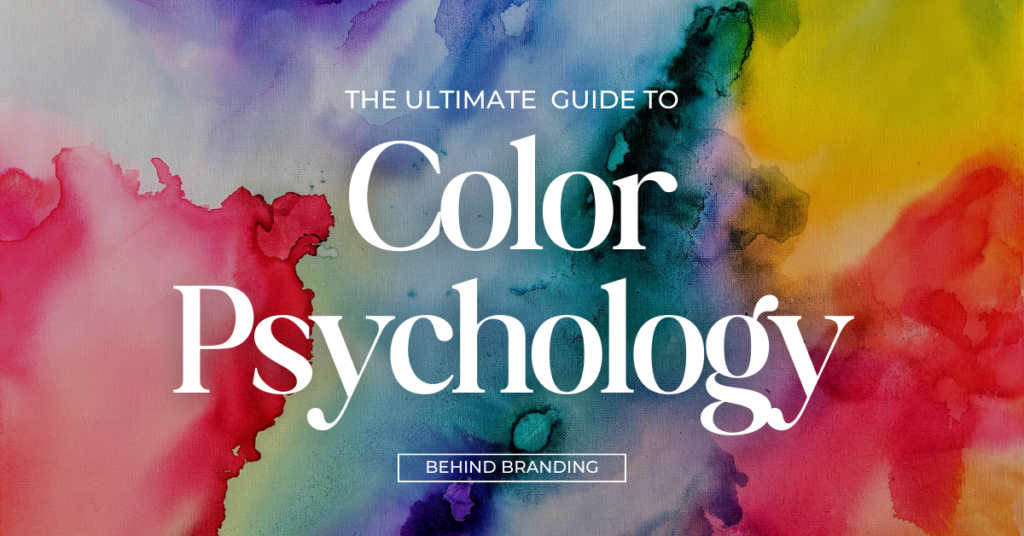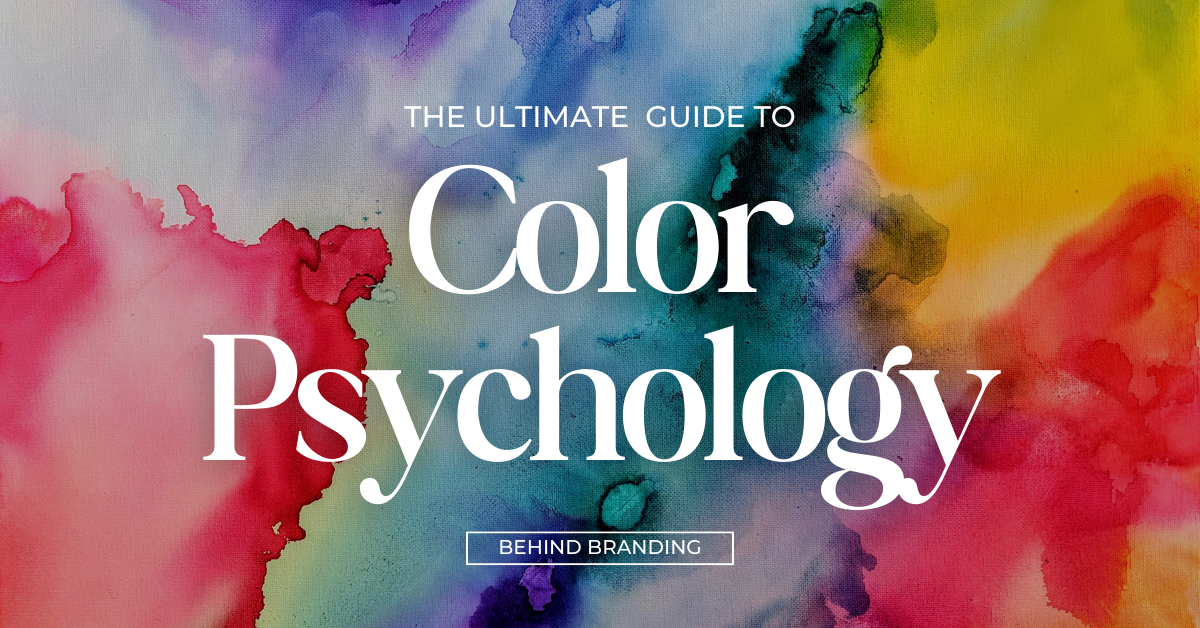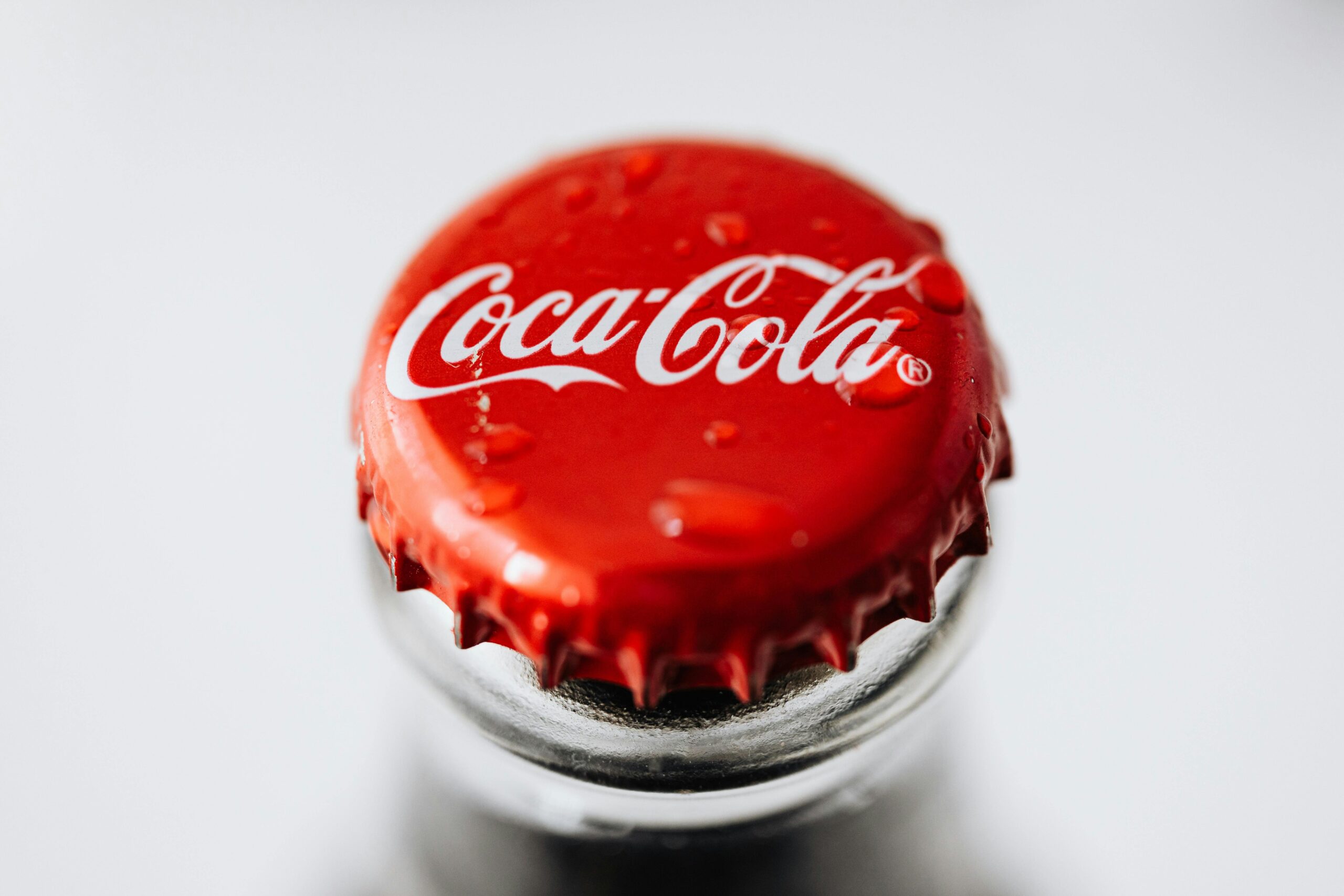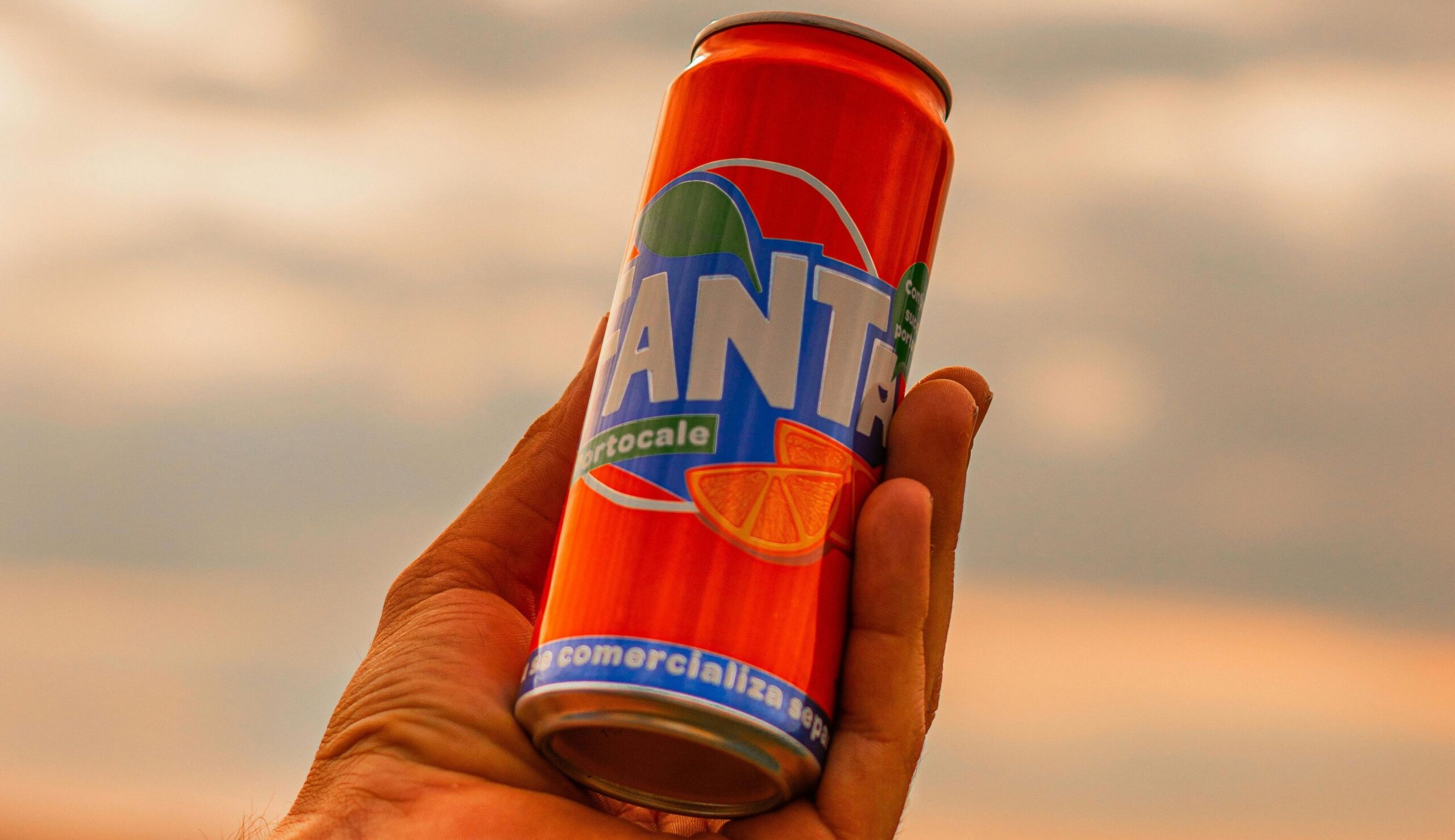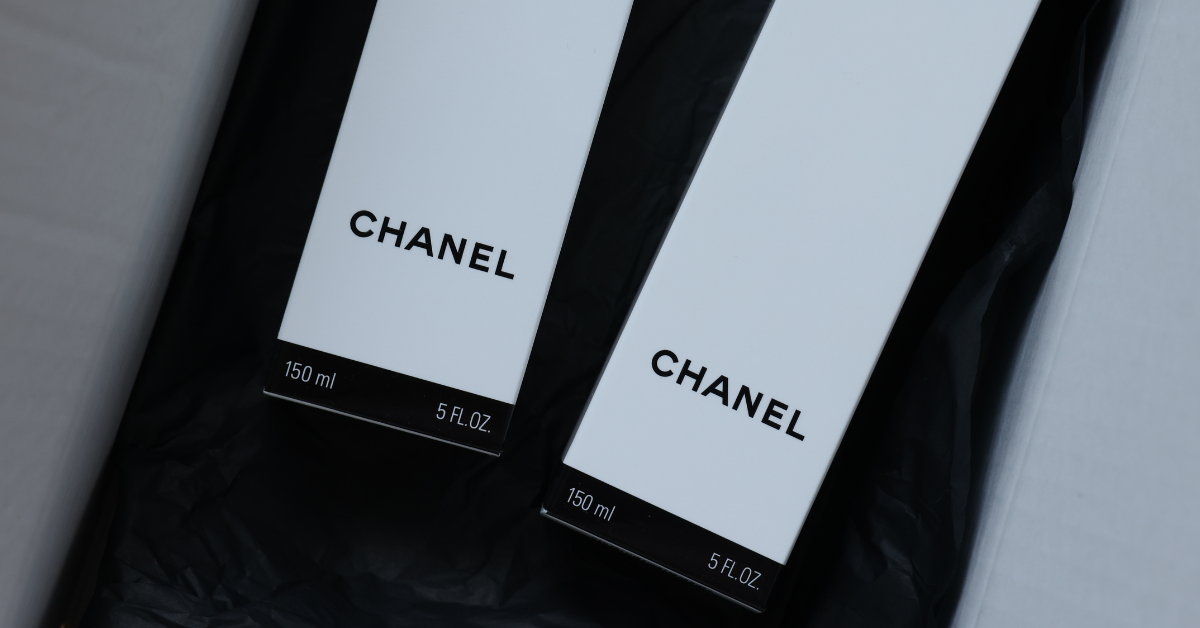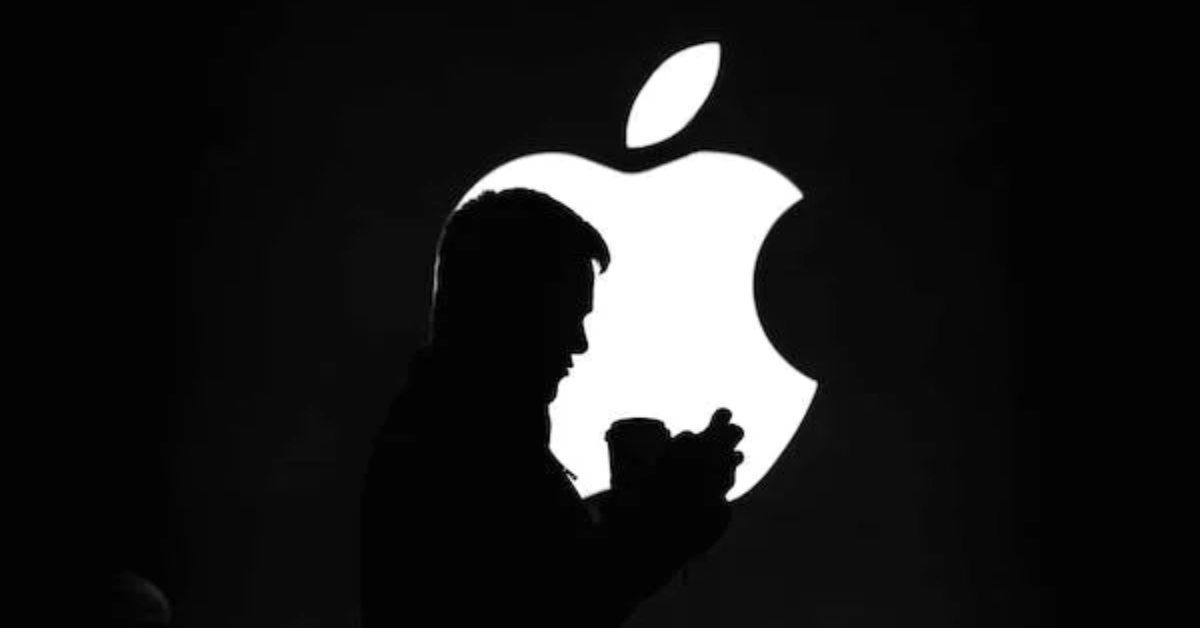Strategic Design Thinking: The Baby Carrots Case Study
A Design Thinking Journey from Rejects to Snack Stardom
Greetings, innovators! Today, let’s embark on a journey through the fields of design thinking, exploring the authentic tale of how a seemingly rejected crop transformed into a beloved snack – baby carrots. Join us as we delve into the steps of design thinking and unveil the genuine process behind this crunchy business success.
Empathy: Rooted in Consumer Desires
Our story begins with the first crucial step of design thinking – “Empathy”. California farmers Mike Yurosek and son, Dave, faced a challenge when nearly half of their carrot crop was rejected. Understanding the consumer’s perspective, the Yuroseks recognized the need for a convenient and enticing snack in our fast-paced lives. Empathy with the consumer laid the foundation for a revolutionary solution.
Define: Carving Out the Problem
With a deep understanding of consumer desires, the Yuroseks Defined the problem at hand: rejected carrots with cosmetic imperfections. Instead of viewing it as a setback, they saw an opportunity to redefine the destiny of these carrots. The challenge became clear – how to transform rejects into a snack that resonates with the market?
Ideate: A Symphony of Ideas Blooms
Enter the Ideation phase, where creativity blossomed in the fields of California. The Yuroseks envisioned a myriad of possibilities, and it was during this phase that the humble bean-cutting machine emerged as a key player. Ideation allowed them to explore innovative solutions, paving the way for the unconventional yet brilliant approach to repurpose rejected carrots.
Prototype: From Bean-Cutting Dreams to Crunchy Reality
With a vision in mind, the Yuroseks moved to the Prototyping phase. They transformed their ideas into a tangible reality by repurposing the bean-cutting machine to create two-inch wonders ready for snacking. Prototyping allowed them to test the feasibility of their solution and refine the process to meet consumer expectations.
Test: Crunch Time in Real-World Feedback
The Yuroseks didn’t stop at prototyping; they took their crunchy creations to the market for Testing. This crucial step involved gathering feedback from potential consumers, revealing an unexpected twist – consumers didn’t see these bite-sized wonders as ingredients but as snacks! The testing phase illuminated the path to align the product with market demands.
As we conclude this design thinking journey, the tale of baby carrots stands as a testament to the power of empathy, definition, ideation, prototyping, and testing. The Yuroseks navigated the design thinking process with resilience, turning rejected carrots into a snack triumph. The real impact of design thinking in the world of agriculture and snacks is evident in this transformative story.
So, fellow innovators, as you munch on those baby carrots, savor the taste of design thinking success. From empathizing with consumers to defining the problem, ideating creative solutions, prototyping innovations, and testing in the market – this is a story of how design thinking turned humble rejects into a crunchy legacy!
